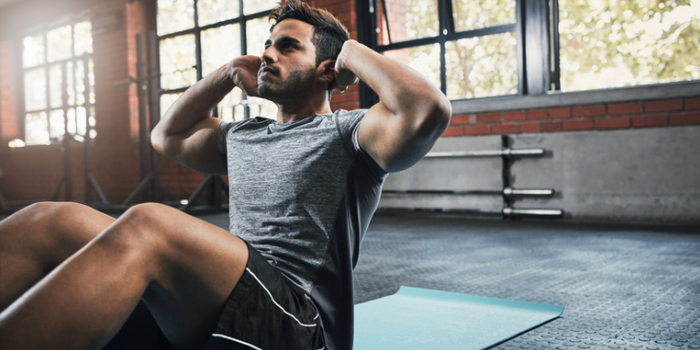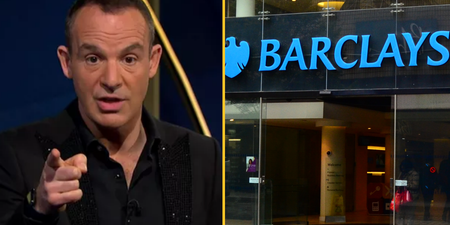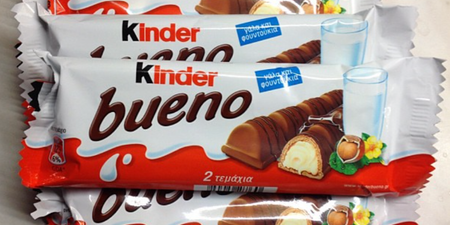High intensity interval training is probably the most popular style of training on the planet
HIIT (as it’s more commonly referred to) is the go-to workout choice for busy people – but it wasn’t always that way.
For years, the one predominant form of cardio was LISS – also known as steady state. Walking, jogging, cycling and swimming done for duration are all examples of steady state cardio.
HIIT, on the other hand, is typically much shorter and involves manipulating rest periods. You’ll typically alternate maximum intensity sets with complete rest.
Celebrities such as Chris Hemsworth swear by this method, and while it has huge benefits, there are still downsides too.
https://www.instagram.com/p/Bt17Lj6DGbm/?utm_source=ig_embed
Want to know which works better for you? These are the main pros and cons of HIIT training:
HIIT: The Pros
Variety: HIIT is more likely to lead to success in people who find traditional cardio boring. You can easily integrate kettlebells, dumbbells, bodyweight exercises and weight training into a high-intensity interval workout.
Timeframe: one of the main benefits of HIIT is how quickly you can be done. Half hour max of HIIT is more than enough – even less if you’re following a Tabata-style session. If you’ve got a busy lifestyle, this will slot in nicely.
Adaptability: you can get a HIIT session in virtually anywhere, vital if you don’t have access to a gym. Hotel rooms, parks, office space – even your living room – can all be incorporated into a high-intensity workout.
Read more: try our 10 minute workout
HIIT: The Cons
Not Necessarily Better: for weight loss, any form of training can work so long as you apply consistency. What’s more important is taking your diet into a calorie deficit, whereby you’re burning off more calories than you consume.
Can Impact Gains: if your primary goal is muscle gain, excessive HIIT can get in the way. Because this style of training is so intense, the likelihood of contracting DOMS (delayed onset muscle soreness) is high. This means you won’t be able to hit a target muscle group with your desired emphasis when it comes to getting back into the gym,
Injury Risk: high intensity of any exercise always brings with it an element of risk. This is increased when you include lifts that place stress on joints and tendons. Compound exercises such as squats, cleans and deadlifts should very rarely be used in a HIIT workout because of this.
The Verdict
Both HIIT and LISS hold value whether you’re looking to lose weight, build lean muscle or just get fitter. How much of each you include should be informed by your lifestyle.
Read more from JOE:
- How to work out how many calories you need to lose weight
- Running a marathon? Smash your PB with these top training tips
- Weightlifting reduces your risk of a heart attack by as much as 70%
- These are the best bicep and tricep exercises, according to science























































